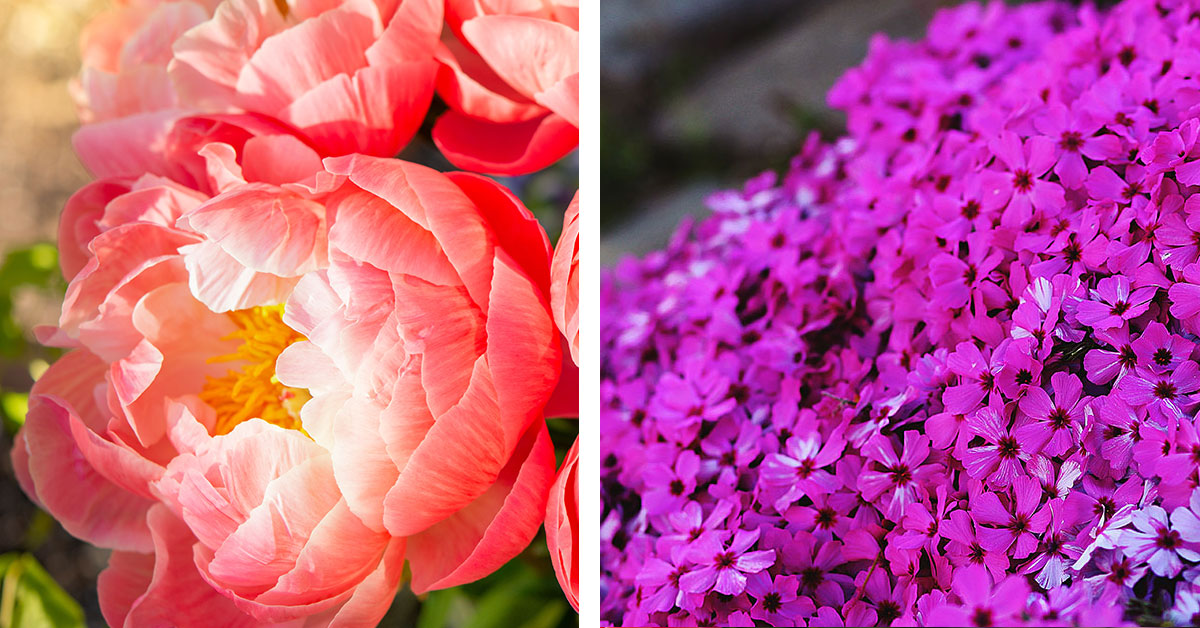Perennials are one of my favorite types of plants to have in my garden for the simple fact that they keep coming back every year, year after year. Some perennials, like peonies, can actually continue to regrow after every winter for 100 or more years! A perennial garden is easy to keep up and will do most of the work for you.
There are nearly countless perennials out there to choose from, but this article will feature 22 of my favorites, most of which are currently growing in my own garden.
Pineapple sage
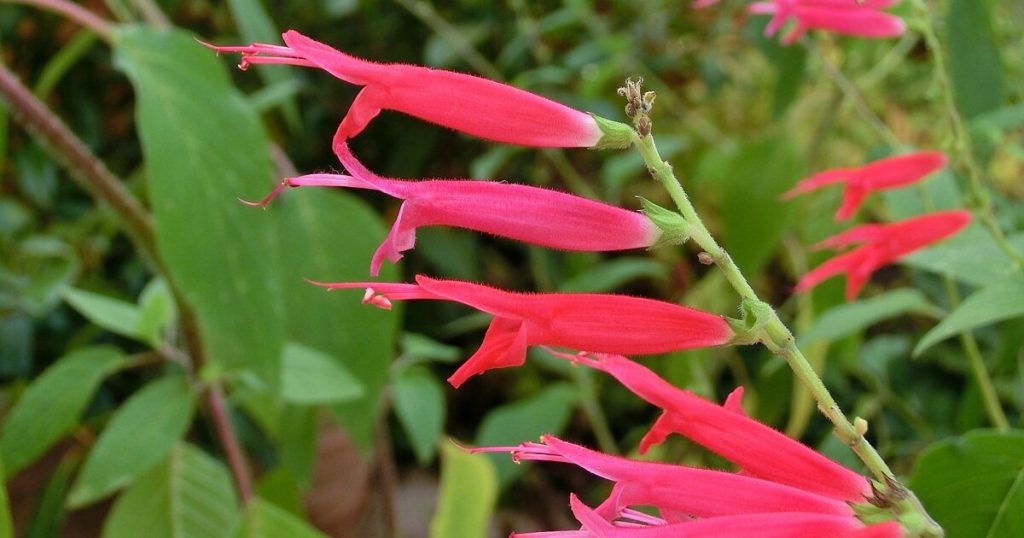
Pineapple sage is perhaps one of the most fitting descriptions for a plant’s fragrance I’ve ever encountered. Gently rubbing the leaves of this plant produces that sweet, tangy citrus smell of pineapple with a hint of traditional sage aroma. It really is a plant out of this world, which is why I have five of them planted in my garden. My growing zone is just barely warm enough for the plant to be perennial, so I feel pretty lucky to be able to grow it. It’s a great plant that will keep coming back year after year. Read more about growing pineapple sage.
Peonies
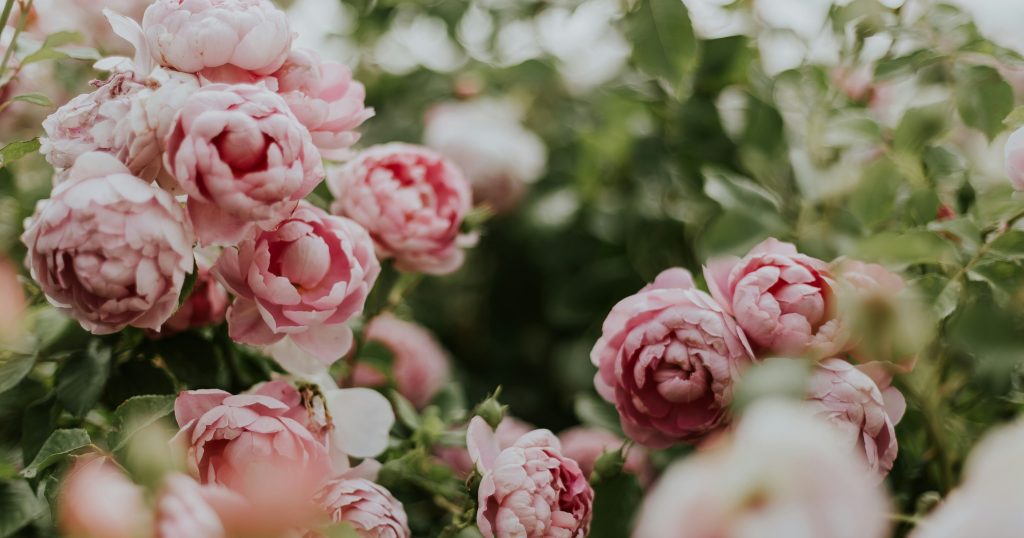
When it comes to gardening, I love perennials. You plant them once and they just keep coming back year after year. Everywhere I’ve ever lived and gardened, there is one plant that for sure has a place in my perennial garden: the peony. Peonies grow into large, beautiful bushes that erupt in different colored flowers from April to June. These perennials are long-lived too, with a lifespan of as much as 100 or more years. Read more about growing peonies.
Lariope
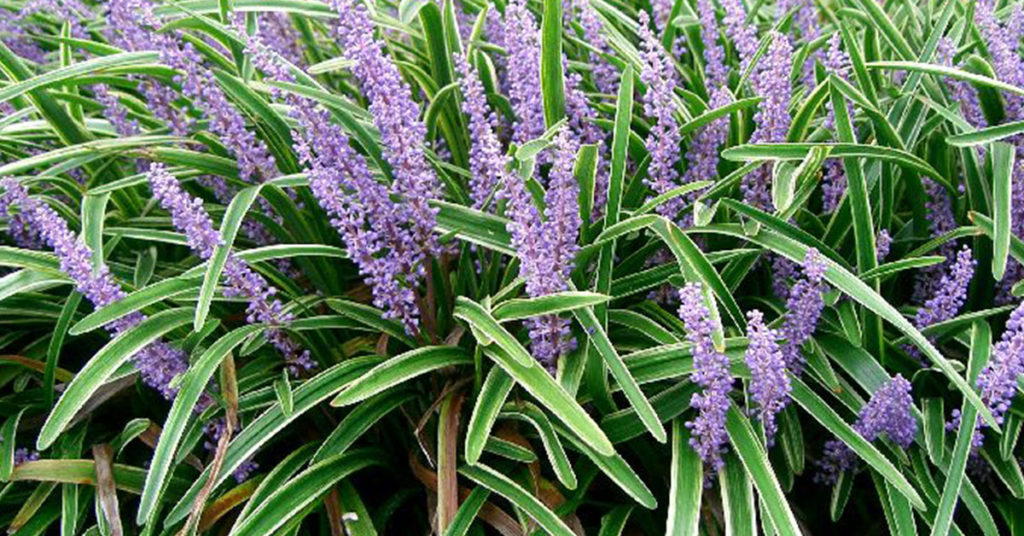
Lariope are one of the most amazing perennial plants. The plant is extremely hardy, can resist a variety of extreme weather conditions, and add a dash of color to the garden all year round. Almost nothing can bother Lariope from flourishing, which also makes it one of the easiest decorative perennials to grow. There are several different varieties and shades of lariope from lush green to creamy whites. These perennials are one of the best choices if you are looking for a plant that you can look after for a long time, without having to worry about re-growing it. Read more about growing lariope.
Daylily
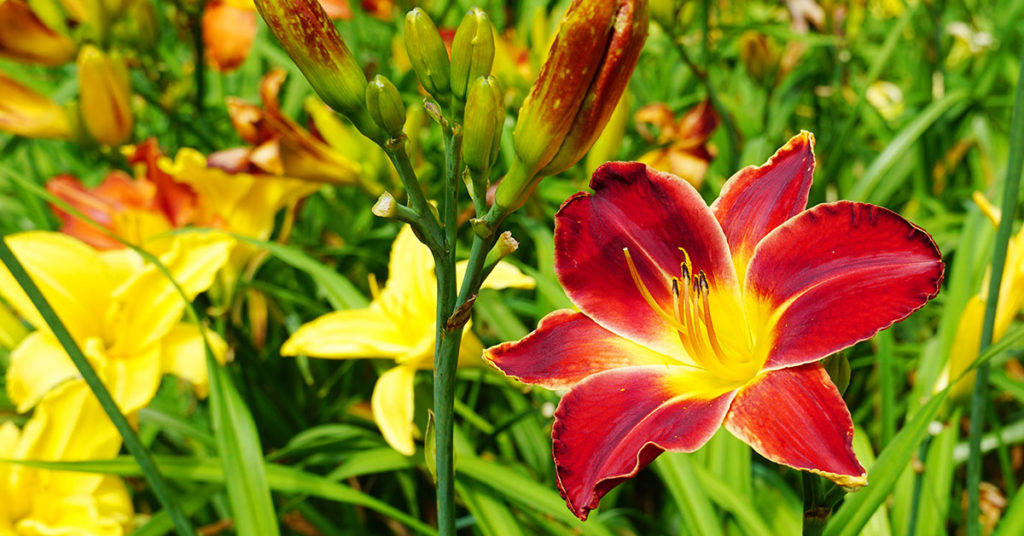
The daylily is a gift that experienced gardeners give to those who are just starting out. The reason is simple – there are hardly any flowering perennials that are easier to grow and maintain. They can survive almost every kind of disease and weather condition, be it drought or deer. At the same time, their vibrant colors can fit anywhere in the garden. The daylily is not actually a “lily”. Unlike lilies that grow from bulbs, the daylily grows from fleshy roots. There are about 35,000 types of this plant, each with its unique height and color traits. While their flowers only live for a day and a half, they bloom daily! Read more about growing daylilies.
Hostas
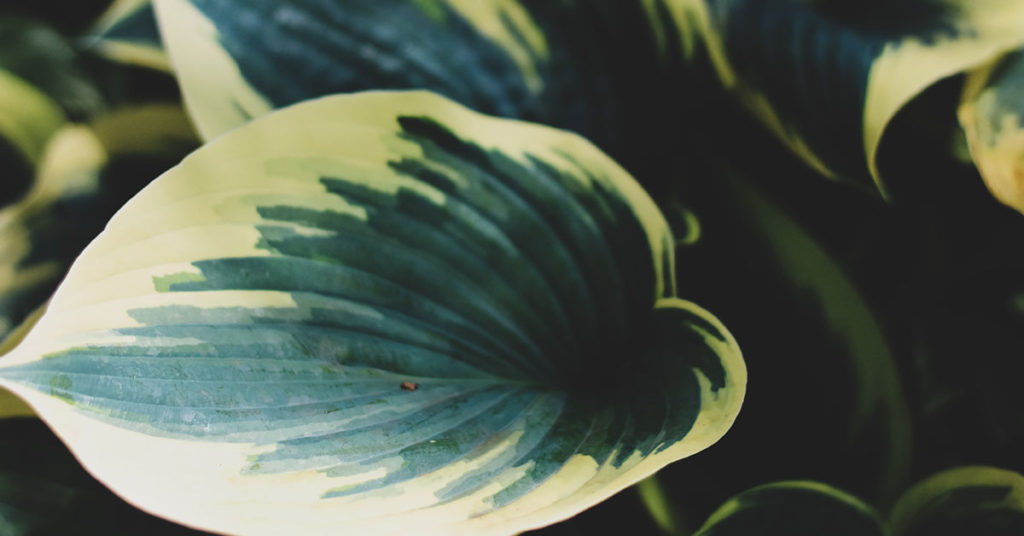
Hostas are so beautiful that entire gardens can be dedicated to only growing these perennials. These perennials are another one that gardeners recommend to beginners because of their durable nature. Perhaps, the most exciting part about hostas is their variety. Hostas are the most popular perennial plants in the USA. Its growing conditions are perfect for shady gardens. While the foliage is the plant’s primary attraction, it also produces white or purple flowers that are splendid to look at. Read more about growing hostas in your garden.
Iris
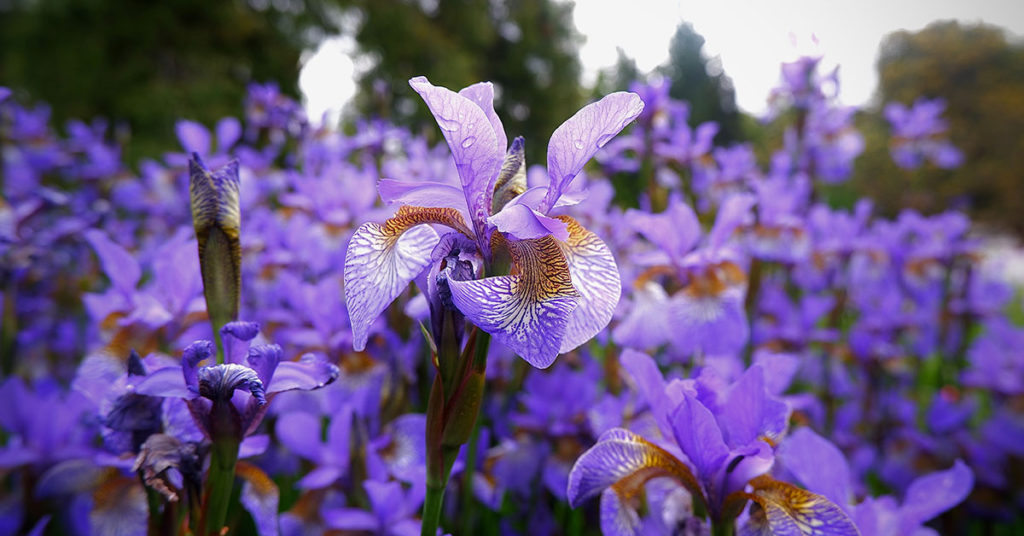
There are very few gardeners in the world, no matter how inexperienced, that do not know about the iris flower. They are among the most diverse flowering plants when it comes to colors and growing needs. At the same time, the iris is easily distinguishable – their leaves are akin to swords and their flowers have six drooping lobes. Growing an iris flower is slightly complicated but the complications only last till it matures. After that, it is simple to maintain and has very few needs. There are three main categories of iris flowers: “crested”, “beardless”, and “bearded”. The bearded variant is the one that you will encounter since they are also the easiest to handle. Read more about growing iris.
Oriental poppy

Oriental Poppy flowers have been around for a pretty long time – almost three millennia, to be precise. Throughout this time, gardens all over the world have kept featuring because of their longevity and ease of growing. Moreover, today, the iconic red-orange oriental poppy is no longer the only variety available. The petals of the flower’s blossom usually feature a dark mark at the base. As they grow, their large buds rise up while the flowers keep unfurling. It is truly a sight to behold that is only accessible to gardeners. Read more about growing oriental poppies.
Baptisia
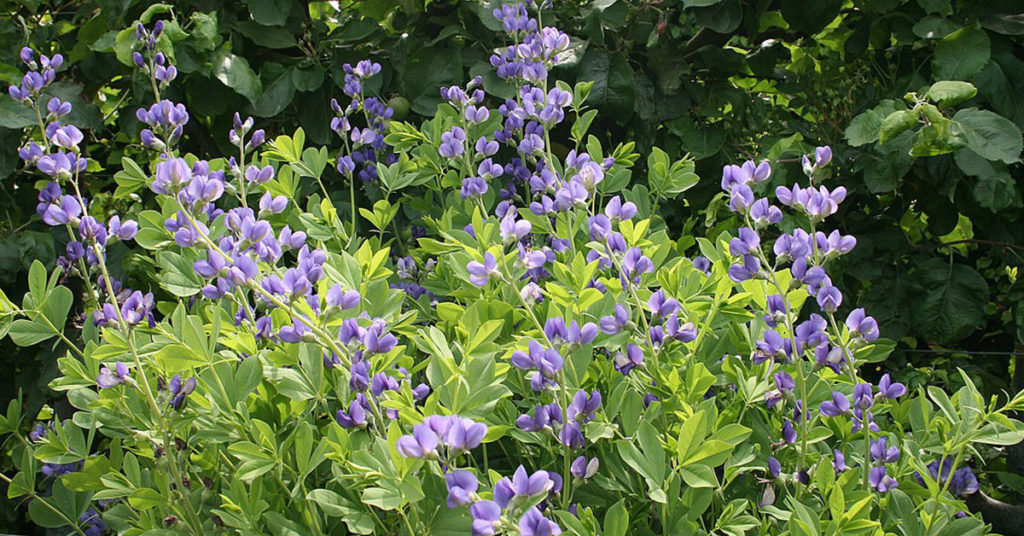
Baptisia, popularly known as fake indigo or wild indigo, is a legume genus in the Fabaceae family. They are blooming herbaceous perennial plants with pea-like blooms that are followed by inflated pods. They grow naturally throughout eastern and southern North America in forests and grassland. Baptisia australis is the most commonly cultivated species. Its root is an ancient ingredient for medicines. The sap of wild indigo is also an important source of natural dye. Tall spires of bright blossoms and gorgeous blue-green foliage characterize this rough native grassland plant. Flowers resemble peas or beans, which are closely related. After the blossoms fade, enormous clusters of beautiful seedpods appear. They dry out as they develop and make a rattling sound in the breeze. Read more about growing baptisia.
Sedum
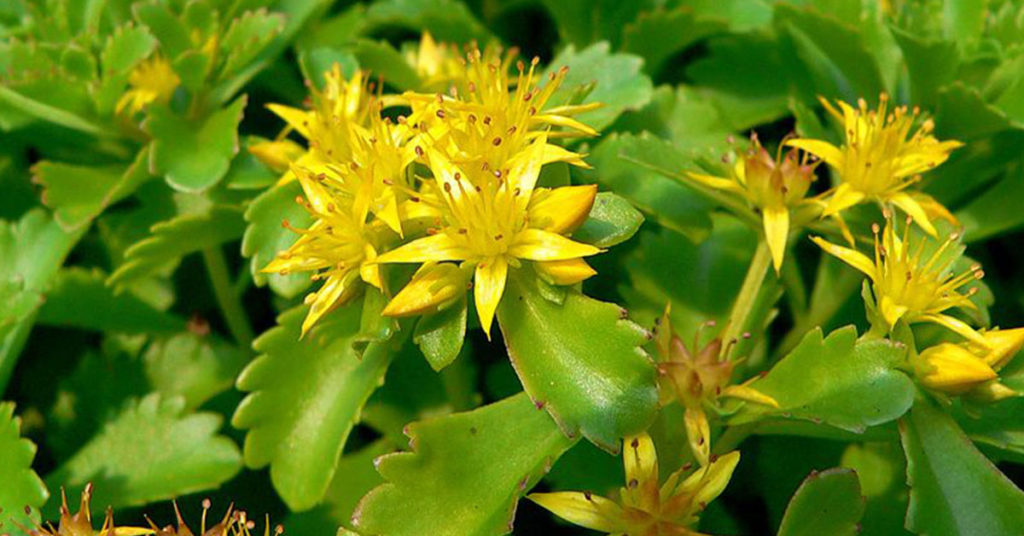
Most Sedums, also known as stonecrop, are tough, drought-tolerant succulents with thick, meaty leaves that come in a variety of hues. Sedum flowers come in a variety of colors, including white, pink, yellow, and red. Additionally, they feature little, star-shaped flowers that blossom late in the growing season. Low-growing Sedum and upright Sedum are the two types of Sedum in the huge Sedum genus. Low-growing Sedum remains short and grows as a ground cover, but upright Sedum grows in vertical clusters and looks beautiful along borders. After the threat of frost has gone but before the summer heat arrives, the optimum time to plant Sedum is in the spring. Sedum grows at a modest rate in general, however, this varies by species and variety. Read more about growing sedum.
Catmint
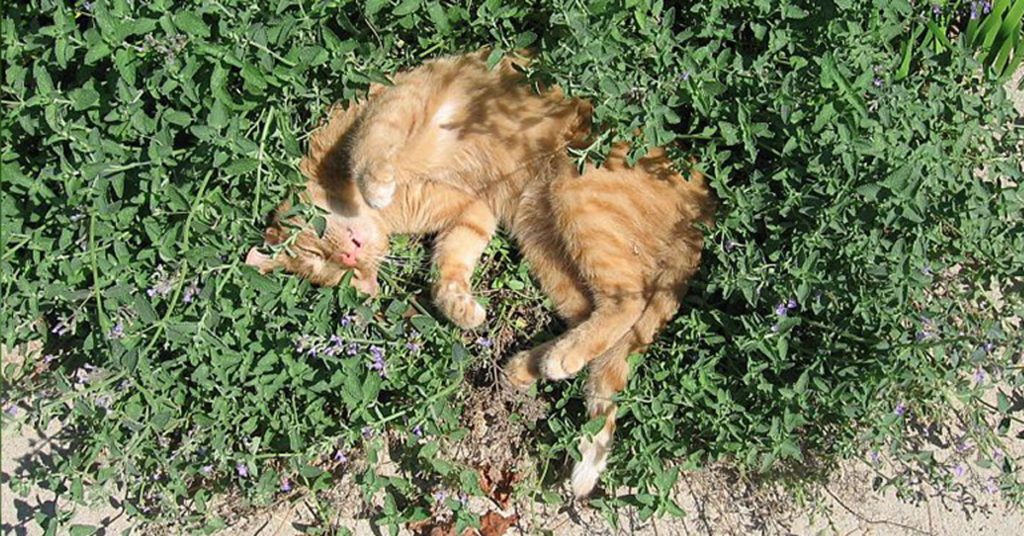
Catnip is extremely attractive to cats. Catmint is as well, but less so. If you don’t mind a little bit of cat attention in your garden, this herb is a beautiful plant with flowers that pollinators love. Your cat will enjoy the plant, but probably won’t over-enjoy it if you catch my meaning. This plant is easy to grow and perfect for a beginner’s herb garden. One of my favorite perennials! Read more about growing catmint.
Spanish lavender
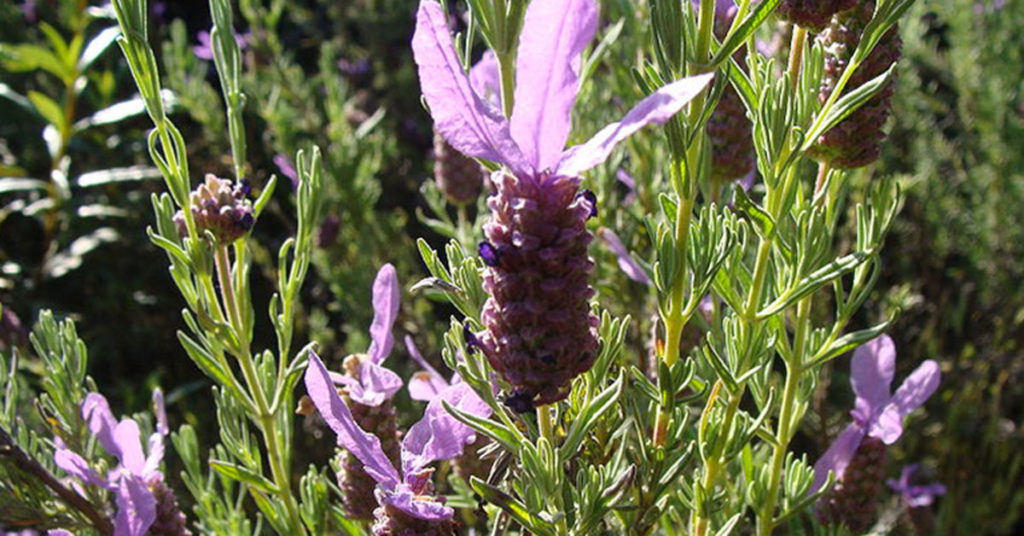
Lavender has quite possibly one of the loveliest flower fragrances a plant could produce. Pollinators are also very big fans of these stunning perennials. Not to mention how easy and fun it is to grow. The purple and pink flowers have very distinct “bunny ears” or tufts compared to English lavender plants. The flowers are paired with beautiful silver-like foliage that’s firm to the touch. The flowers tend to bloom from early May and June into late summer or early fall. However, Spanish lavender is not exactly like its relative, English lavender. Spanish lavender prefers hotter climates and thrives with the sun in zones 7-10. Read more about growing Spanish lavender.
New England aster
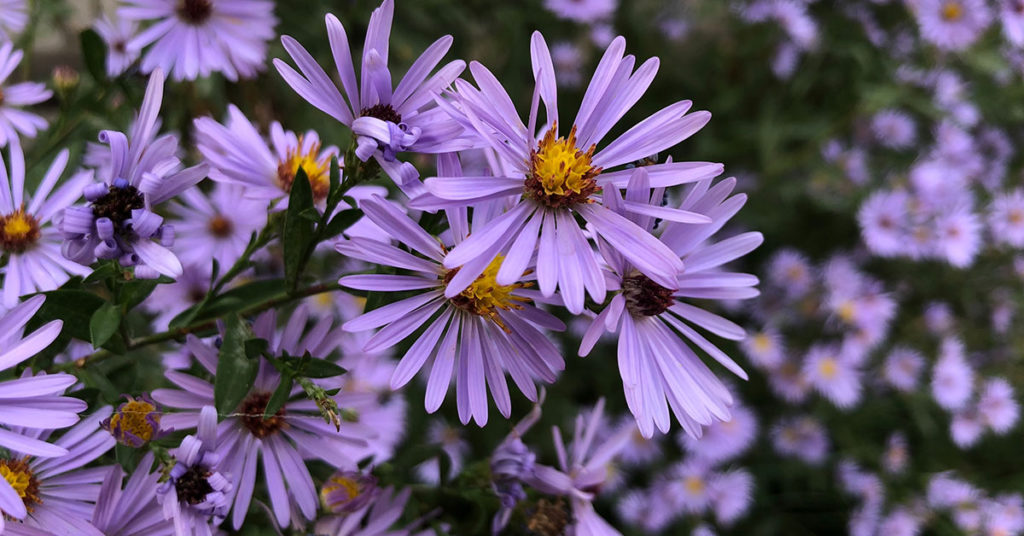
Asters are the show-stopper of the perennial garden, with beautiful fall colors of pink, purple, blue, and white. They’re also one of the few remaining excellent places for bees, butterflies, and other pollinators to find food. Beautiful blossoms and a flurry of fascinating creatures make the Asters, particularly the New England Aster, a two-for-one offer for gardeners. This particular deer-resistant native favors wet, rich soils but thrives in all but the driest soils, flourishing in full sun or moderate shade in all but the driest soils. Cutting down the stems before mid-July can help limit the requirement for staking if height becomes a concern. Read more about growing asters.
Agapanthus
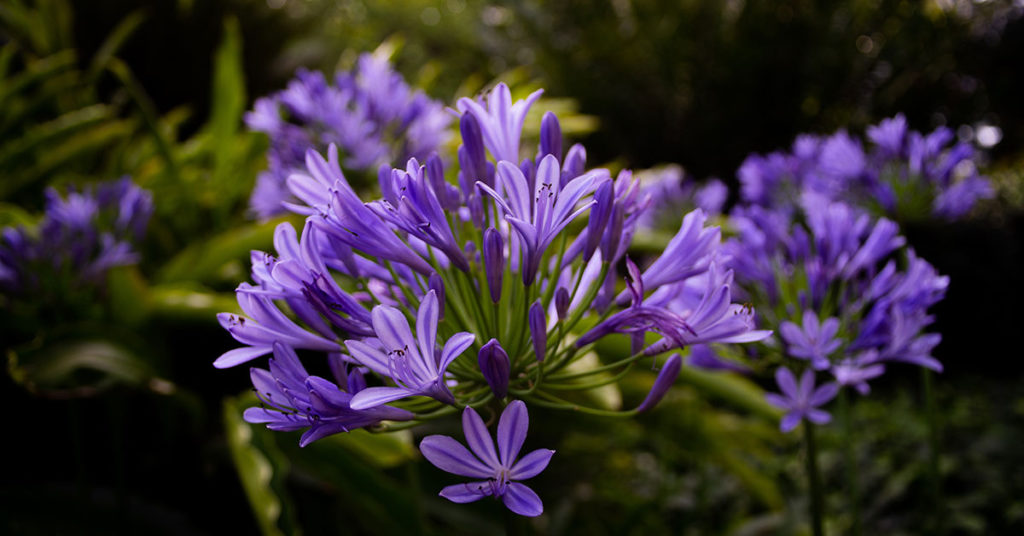
Agapanthus is one of the most easily grown exotic perennials available. If you can find the proper spot for it, then there are very few plants that can outshine the agapanthus plant. Their flowers rest on tall stems that nod elegantly over the plant’s leaves. The most common Agapanthus variant is blue. The flowers also bloom in big masses that make for a striking image. Read more about growing agapanthus.
Rosemary
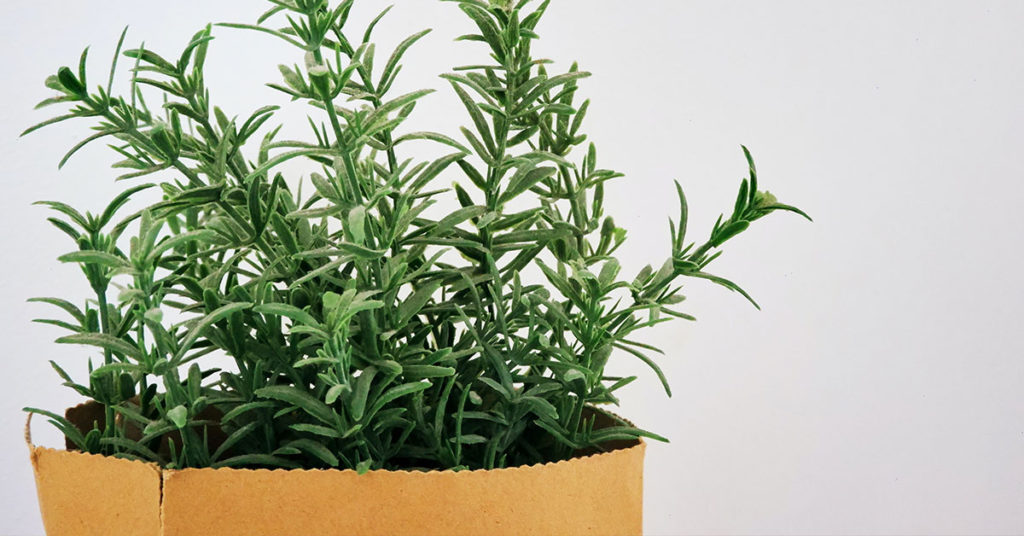
Rosemary is a very easy perennial to cultivate, and once established, this perennial, woody shrub will last for years. Rosemary is a beautiful shrub with needle-like leaves and bright blue blooms. Evergreen Rosemary blossoms bloom throughout the spring and summer, infusing the air with a pleasant pine scent. Gardeners use this lovely herb frequently as a decorative plant in the landscape as well as for flavoring foods. Read more about growing rosemary.
Wisteria
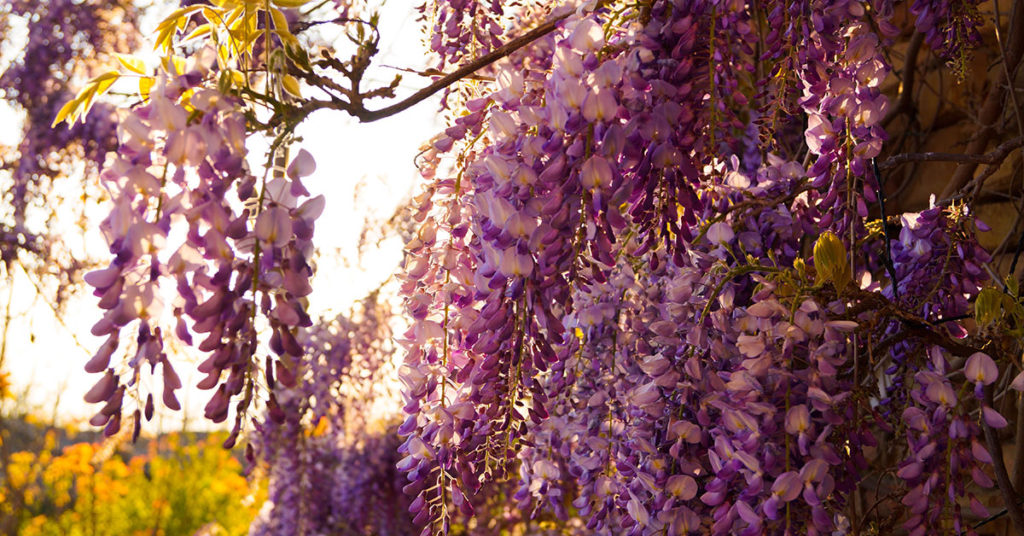
Despite its intimidating appearance, the show-stopping Wisteria vine is a favorite of many gardeners in spring, when it is brimming with bunches of fragrant blossoms. In the spring and early summer, the plant is a long-lived vining vine with cascades of blue to purple blossoms that look stunning swaying from a pergola or archway. This vine, on the other hand, grows quickly and aggressively, typically reaching a length of 30 feet or more. It also has a reputation for being rather heavy. Wisteria vines will climb into any nook and crevice they can find, so don’t put them too close to your house. Read more about growing wisteria.
Trumpet vine
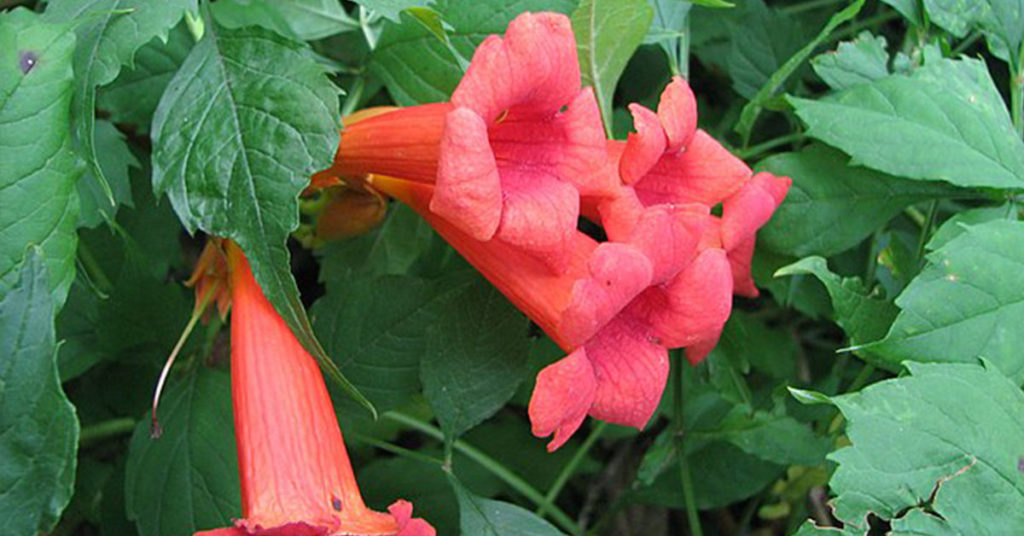
The Trumpet vine, also known as the yellow Trumpet vine or trumpet creeper, is a flowering plant in the Bignoniaceae family. It is native to the eastern United States and is a natural occurrence worldwide. It’s a robust, deciduous woody vine with spectacular trumpet-shaped blossoms that may reach a height of 10 meters. Although some gardeners consider Trumpet vine creepers invasive, proper care and pruning can easily keep them under control. Read more about growing trumpet vines.
Heliopsis
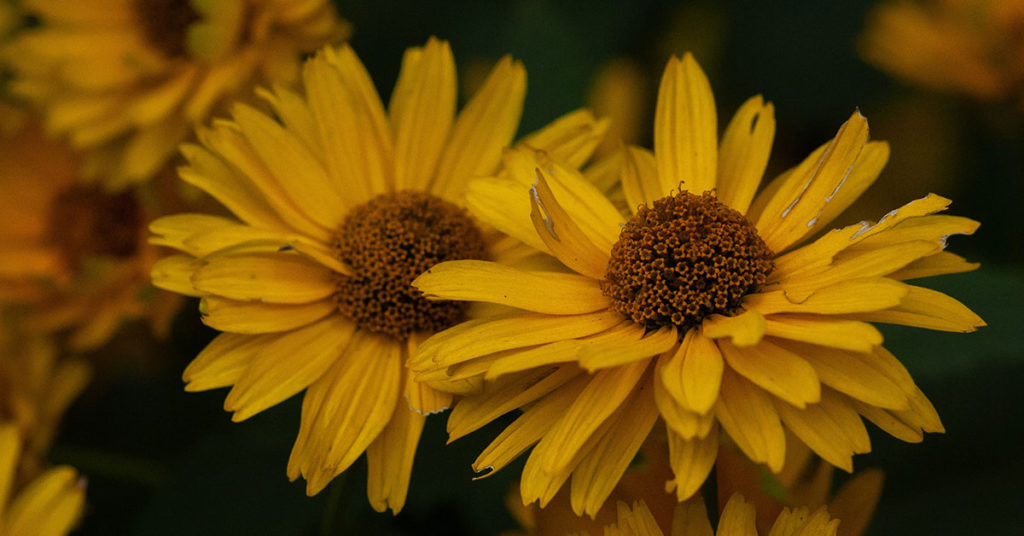
Heliopsis flowers are very similar in appearance to sunflowers. But don’t be fooled by them! They are much easier to handle than those delicate plants. Moreover, since the plant is native to most of North America, it is a very common plant that occurs outside of gardens. It is an awesome choice if you are looking for a summer flower with considerable longevity. Read more about growing heliopsis.
Moss phlox
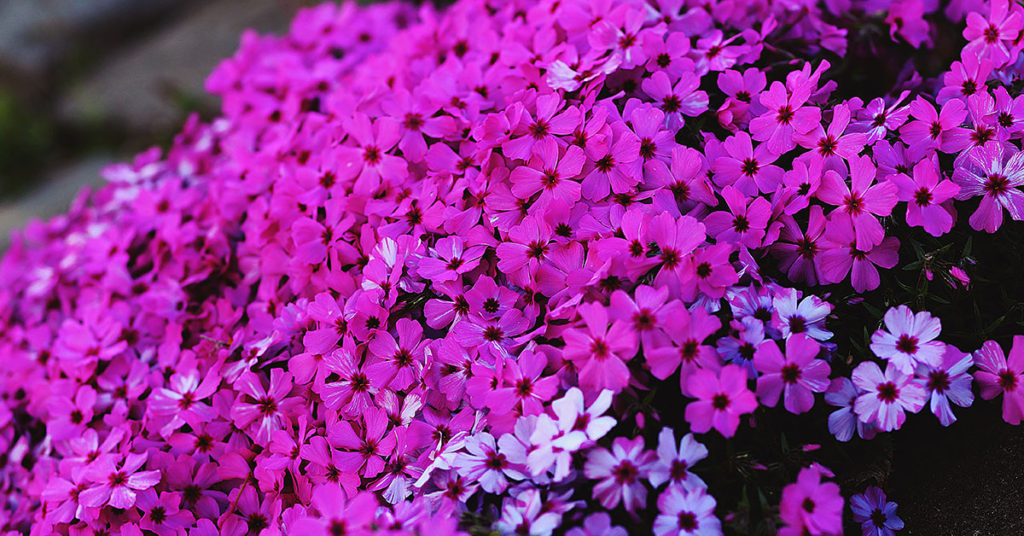
Moss phlox is a low-growing, easy-going, evergreen perennial that thrives in harsh conditions. It is ideal for adding a burst of color to a rock garden or creating a cascading cover over stone walls. Phlox subulata provides a lovely pastel-colored spring carpet. Planting and caring for moss phlox does not need specialist expertise. Moss phlox creates a practically unfettered ground cover or cascading plant whether grown over a rockery or in difficult soil conditions. Consider planting it between pavers, in a planter, or as part of a colorful spring bed. Other varieties include white, soft lavender-blue, translucent pale pink to deep pink, bright scarlet, and lavender, with some having a darker or lighter eye. Read more about growing moss phlox.
Yarrow
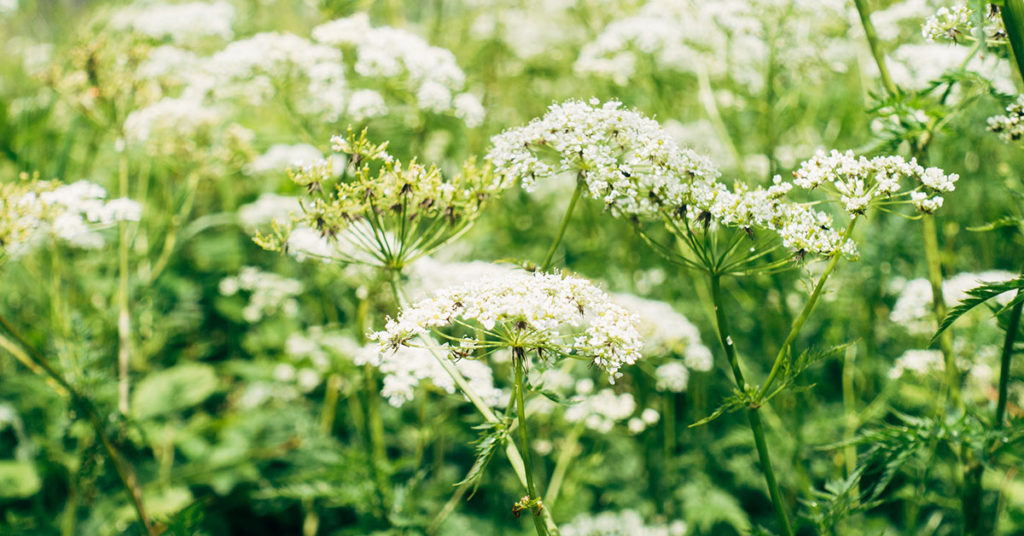
The Yarrow plant is also a fragrant herb with several medicinal benefits. Gordaldo, devil’s nettle, nosebleed plant, old man’s pepper, milfoil, sanguinary, thousand-leaf, soldier’s woundwort, and thousand-seal are some of the other popular names for this species.
The flowering plant Achillea millefolium, also known as the common Yarrow, belongs to the Asteraceae family. It is endemic to the Northern Hemisphere’s temperate areas, including Europe, Asia, and North America. Yarrow produces spectacular flower heads made of numerous small, tightly-packed blooms towering above clusters of ferny leaves and is sold as hardy and adaptable perennial. Flowers might be yellow, red, pink, or any other color. Yarrow is pest-resistant and drought-resistant. Yarrow is a pollinator-friendly native North American plant that’s easy to grow and maintain, making it ideal for borders, land covers, and open meadows. Read more about growing yarrow.
Autumn crocus
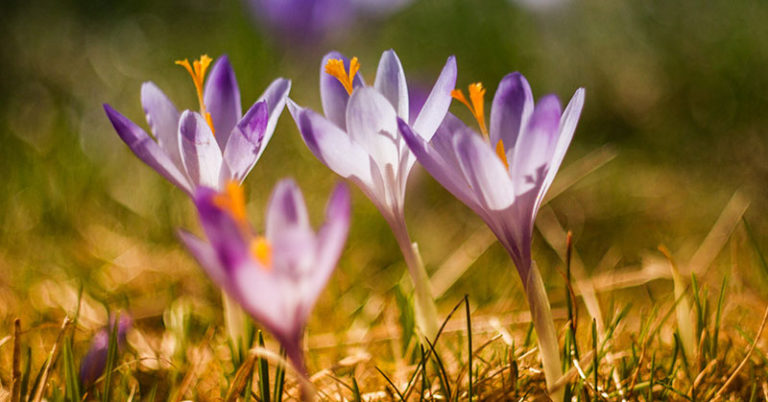
Crocuses are one of my all time favorite flowers. I absolutely love them. After months of drab, gray, brown, white winter weather, crocuses burst through the snow with these vibrant colors as if to say ‘ready or not, spring, here I am!’ But springtime isn’t the only time that crocuses flower. The autumn crocus flowers late in the season, as if to tell winter ‘hey pal, not so fast.’ In this article, we’ll talk about how to grow autumn crocus and how to get the most out of your fall crocuses. Read more about growing autumn crocuses.
Flame lilies
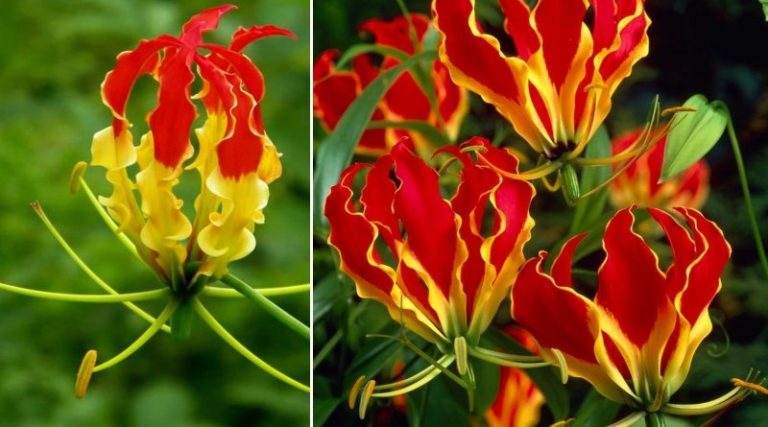
This flower looks just like a tower of flames when it blooms, and we’ve never seen anything like it before! Nature has a magnificent array of floral wonders. The way some blossoms mimic their environment, and others attract flying sustenance, and how yet even others help the environment flourish through pollination- flowers are way more incredible than we give them credit for. The flame lily is a flower you’re going to want to plant in your garden. Read more about growing flame lilies.
Butterfly bush
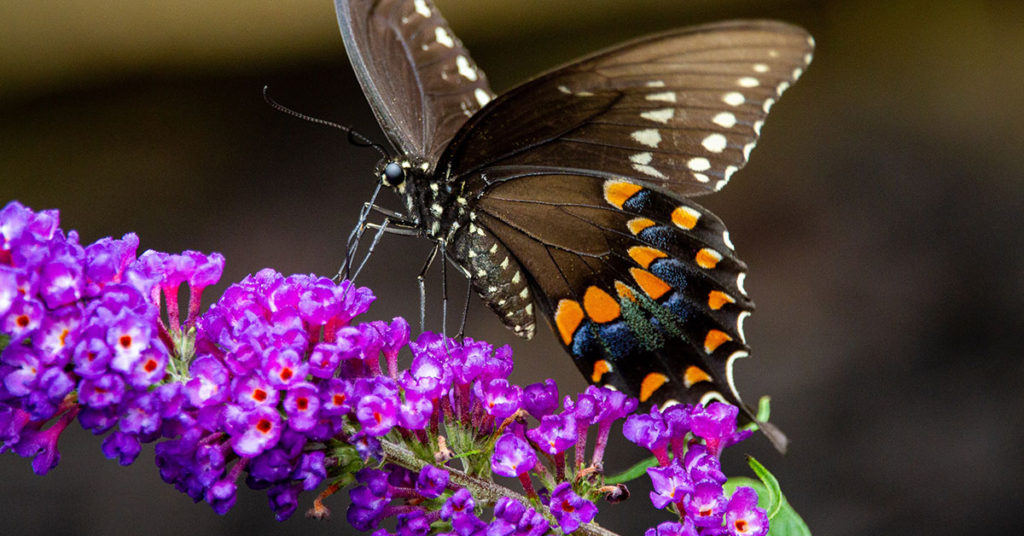
Butterfly bush (Buddleia davidii) is a woody perennial plant with stunning blooms and an arching habit. It’s simple to cultivate and has eye-catching flower spikes. The blooms now appear in a variety of hues, including pink, yellow, blue, and multicolors, thanks to the magic of cultivar creators. Butterfly bushes are known to attract butterflies and other pollinators, as their name indicates. Hummingbirds are attracted to red-flowering Butterfly bushes. Read more about growing butterfly bush.
